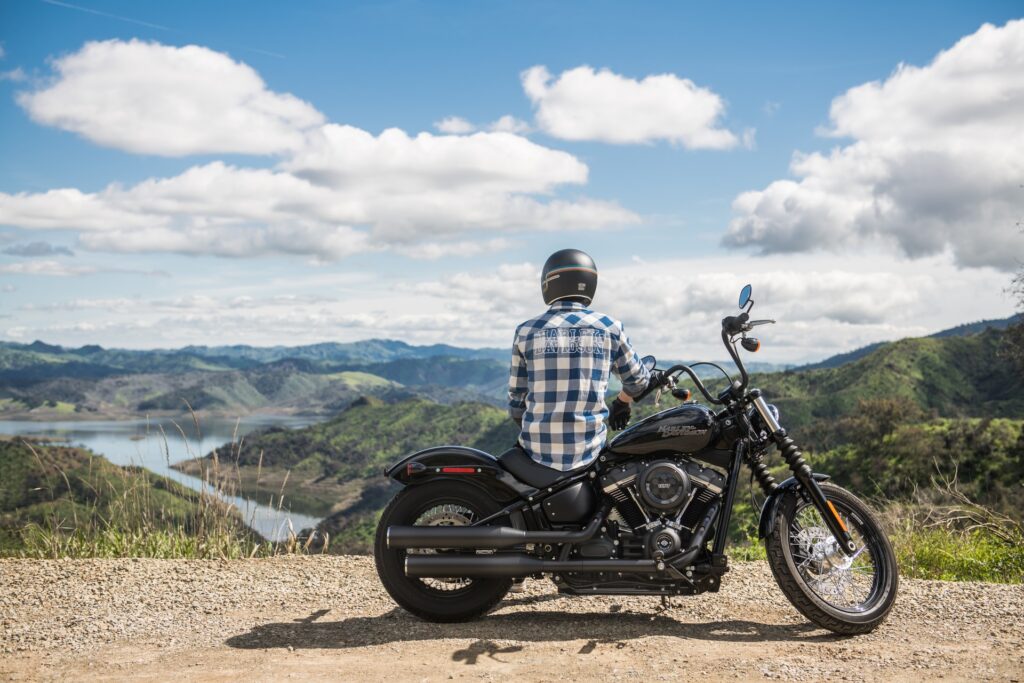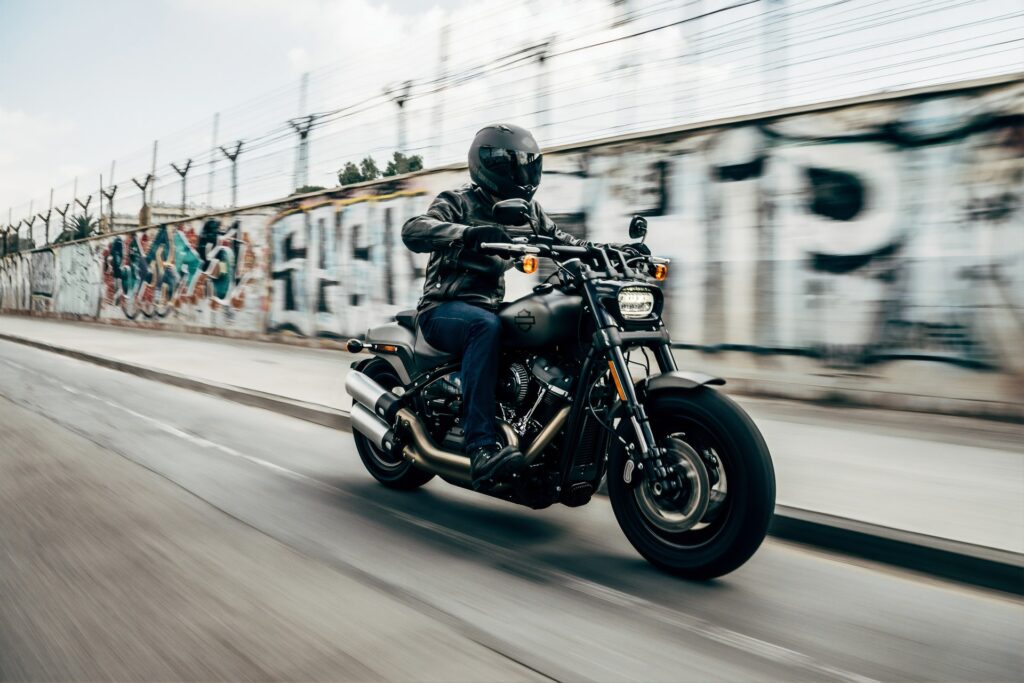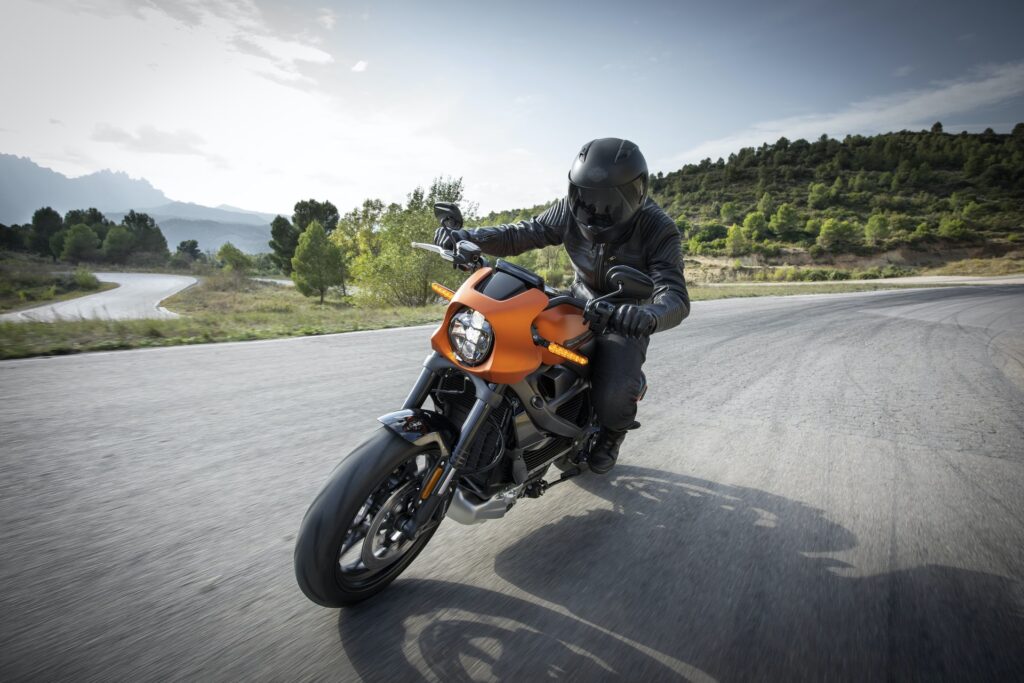There’s nothing like the open road when you want to leave your cares behind and immerse yourself in the passing landscape, heading off to places you’ve yet to experience.
Road trips can be thought of as a mirror into the past, when pioneers rode on horseback across lush meadows and open countryside, not knowing where the trail would lead. And today you can have the same experience (more or less) when riding a motorcycle across the country.
Motorcycle road trips aren’t for the faint of heart. And you truly need to have some endurance for the open road, as this sort of trip is nothing like riding in a car.
Above all, you need to play it safe, because you don’t want to become injured while out on the open road, and in that event, you’ll need to visit rosenfeldinjurylawyers.com for damages. Here, we’ll outline some essential travel tips for planning a cross-country motorcycle trip.
Packing the Essentials

The great thing about taking a motorcycle trip across the country is that you’ll have to travel light, so you won’t have to spend too much time figuring out what to bring along and what to leave behind.
What you’re able to pack will largely be dictated by what type of bike you own and the storage capacity you have.
Large touring bikes typically have room for extra supplies. But smaller bikes such as roadsters don’t have much storage space at all, so you’ll need to pare down and choose only the essentials.
A few items you’ll want to bring along with you are a backpack with generous storage capacity so you can pack your clothes and essentials. You’ll more than likely be able to strap this to your bike in some way.
In addition, you’ll want to bring along a toiletry kit, any medications you might need, safety gear, a flashlight, and a small toolkit for needed repairs that may occur along the way.
Where to Stay

Where you’ll stay along your journey largely depends on your personal preference. But you’ll also want to plan this out ahead of time as your route might offer you additional options for lodging.
According to Icebike, most bikers who travel cross country prefer to take the older, more scenic highways in place of speedy, congested Interstate travel. This offers you a much more relaxing ride, and it reduces the amount of traffic you’ll have to navigate through.
Old highways also often have access points to campgrounds and parks, and these can offer you an eclectic road-trip experience as you’ll be able to enjoy the great outdoors as you travel, just the way it was during pioneer times. But you’ll need to be sure to pack along a tent and a bedroll, or sleeping gear of some sort.
Safety First

In today’s modern age, everyone is much more distracted on our roadways than ever before. Not only do we have onboard navigation systems that can take our attention off the road, we also have smartphones that are notorious for being the cause of major collisions.
While on a motorcycle, you’re not in nearly as safe of an environment as you are while driving a car. You’re fully exposed, and any type of collision can cause serious injury or death.
As such, you need to be completely aware of everything around you at all times, especially other motorists.
Pay attention to cars if they begin to swerve in and out of lanes or if they begin to brush the sides of the median. This is a tell-tale sign that a motorist is distracted, and possibly paying more attention to their phone than to the road.
Additionally, keep an eye out for inclement weather, particularly if you’ll be traveling out west. Rainstorms can suddenly approach, and flash flood conditions can develop quickly and without much warning. If you do notice the weather starts to look ominous on the horizon, your best strategy will be to seek shelter and stop traveling until the weather passes.
It’s not easy to ride a bike in the rain, so play it safe when traveling across the country, and avoid any inclement weather for your own personal safety.
And finally, as a rule of thumb, keep plenty of distance between yourself and other motorists just to be safe.
Obeying the Law

Perhaps the most important part of taking a cross-country motorcycle trip is to exercise common sense and to know the law. And this should be fundamental in every decision that you make while on the bike.
Being aware of other motorists is paramount to safety. But you also need to be sure and obey local laws and ordinances pertaining to riding a bike. For example, many states require you to wear a helmet by law, but many states also don’t have this requirement. It will be up to you to ensure that you know the rules of the area over which you’ll be traveling, and adhere to any ordinances regarding riding a bike.
In addition, while riding your motorcycle cross country, you may choose to bring a personal self-defense weapon with you for your own safety. And laws regarding transporting weapons along with the type of weaponry allowed are different in every state.
For example, some states allow you to keep a handgun in your vehicle, while others require a permit. Additionally, some states will allow you to travel with a firearm, but the firearm must be unloaded and placed away from you (such as in a locked box). Other laws require the ammunition to be placed in a separate area from the firearm.
This makes transporting a firearm difficult if you’re riding a bike because everything is relatively accessible from a seated position. As such, ensure that you’re well-versed in the laws regarding carrying weapons while on a bike.
Riding a motorcycle across the country is known to be a liberating experience and one that only a few can claim to have accomplished. But no matter where you go, ensure that you’re following the best safety procedures so that you (and your bike) can return home in one piece.
Related Posts:
- Planning Your Next Trip to New York in 2024
- Don't Travel Without These #8 Travel Gadgets OR You…
- 6 Essential Things to Bring on Your First Hunting…
- Top 10 Tips to Safely Drive Your Motorcycle to Work
- 5 Tips to Consider When Choosing an Estate Planning Lawyer
- 4 Tips for Planning the Perfect Golf Holiday Scotland







